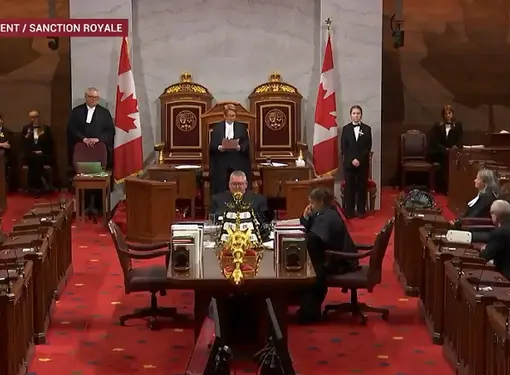How to communicate effectively with people with hearing loss
In your day-to-day interactions, you may connect or work with, someone who has hearing loss. Since this invisible disability can be hard to notice, you may initially run into some trouble with communication. However, once you’re aware of the disability, clear communication is pretty simple and straight forward. Here are a few basic tips for effective in-person interactions with your friends or colleagues with hearing loss.
Tips for in-person interactions
- First, make sure you have the person’s attention before beginning a conversation. Waving or a light touch on the arm is an acceptable way to get their attention.
- Ensure that you are directly facing the person and are maintaining eye contact throughout the conversation as some individuals use lip reading to follow along. To help this process, try not to cover your mouth with your hand or a pen or pencil.
- State the topic of discussion as you begin. When you move on to another topic, make sure the listener is aware of the change.
- Speak clearly and at a normal pace. If you tend to speak quickly, try to speak more slowly. Don’t shout or over exaggerate your speech.
- Try to have conversations in a quiet environment. This is important for those who wear hearing aids. Hearing aids amplify all noise (including background noise) and do not necessarily amplify just people’s voices.
Tips for meetings and presentations
- If possible, organize seating at round tables. Rectangular tables may impact visibility and impair lip reading.
- Again, the speaker’s face should always be visible to the person with hearing loss for lip reading purposes.
- If the room is large, have the speaker use a hand-held or lapel microphone.
- If possible, use visual aids, such as presentation software (like Power Point or Prezi), white boards, or flip charts.
- If you will be playing videos, they should be closed captioned.
- For meetings, have an agenda printed out beforehand.
- For presentations, have a copy of the presentation, including the speaker’s notes, printed out in advance so the individual can follow along.
- It is also helpful to provide meeting notes or minutes, including action items, shortly after a meeting in case the person missed something. (This can also be helpful for employees without disabilities!)
- Allow the individual to participate in group discussions by writing audience questions down on a white board or flip chart, and then leading the group to provide answers or additional comments one at a time. The group leader should check in with the individual with hearing loss in between turns to ensure they can offer their comments as well.
Do you have any other helpful recommendations to ensure that communicating with someone with hearing loss is smooth and easy? Let us know at info@rickhansen.com.
A big thank you to RHF's HR Manager, Clara Botha, for her helpful notes and recommendations for this tip sheet!







